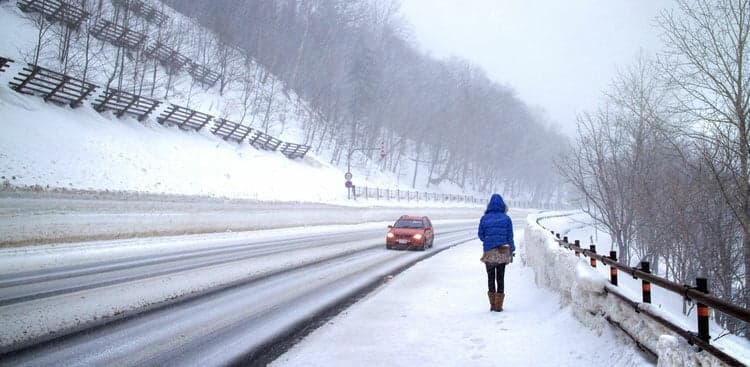Snowpocalypse 2010: It was Christmas. It was blustery. And it snowed. A lot. When a major nor’easter struck New York City over the Christmas holiday in 2010, things went—in a word—awry. Plows got stuck in snow banks. Some neighborhoods didn’t get plowed for several days. Not only was daily life inconvenienced, but public safety was at stake. The city’s normally foolproof snow response was off its game, and the public demanded answers.
Working in the Mayor’s Office at the time, I was part of the team responsible for providing those answers. What went wrong, and how would we fix it before the next major snowfall?
When a crisis strikes, it can be tempting to tuck your tail between your legs and crawl under a very large rock. But there are lessons to be mined from among the rubble. Every fiasco offers a trove of learning experiences if you examine it from just the right angle. The best response to a crisis—after, of course, managing that crisis—is to channel lessons learned into a more secure future. Here’s how.
Conduct an After Action Review
After all the roads had been plowed and people began to emerge from their homes, it was time to take a hard look back. We knew what had gone wrong, but we didn’t know exactly why. We revisited the events of that fateful day by speaking with all of the players involved and running through a list of questions to understand how the day unfolded. The goal was not to point fingers, but to identify anything that happened differently from usual. Was it the complexity of the storm and the late notice of its magnitude? The fact that on a holiday, the staff was unusually thin? Or was it the unusually high number of drivers out during a storm, making their ways to holiday gatherings?
In a successful after action review, you make the rounds to all of the people who had a hand in what happened on that day—in this case, everyone except Mother Nature—and interview them about the experience. It’s not an interrogation, but an analysis. You are looking to discover what set off the chain of events that ended in crisis, or whether, rather than a single smoking gun, the cause was a confluence of simultaneous events—as it was in the case of the 2010 blizzard. You can’t make a fix if you don’t know what exactly needs to be fixed.
Reevaluate Your Approach to Crisis Management
Every organization should have plans in place to manage crises. But when those plans are tested—and sometimes show signs of weakness—there’s no better time to reevaluate them. In the case of Snowmageddon, the existing emergency management plans were followed. Certain people convened at certain locations to monitor the situation as it unfolded. But the extent to which this snow response differed from so many before it forced us to question whether that plan needed reinforcing.
When taking stock of a crisis management plan, first consider personnel. Does the plan bring the right people together at the right time? Is anyone with critical input missing? Do the people responding to the crisis have the level of authority to make decisions, delegate, and see them through? Next, take a look at your threshold for implementing the plan. Did this crisis result because the threshold was too high?
Use a crisis as an opportunity to poke holes in your plan from every angle to see where it holds water and where opportunities exist for fortification.
Be Transparent About Your Findings
If your organization has provided a modified level of service to the people who rely on it—be they constituents or shareholders—it’s absolutely critical to communicate with them after the fact. Let them know that you’re aware of what went wrong, you’re taking steps to fix it, and you’re implementing changes to make sure it won’t happen again. Silence increases suspicion. Communication builds trust.
After the 2010 blizzard, public communication was frequent. Through press conferences and social media, city officials shared information as it became available. A multi-pronged plan was released, detailing remedies to the issues identified in the after action review. We couldn’t control for wind or weather, but we could strengthen the measures in place to respond.
The proof, of course, is in the pudding. Trust could only begin to rebuild after the administration showed, in the next blizzard and the one after that, that the response had been fortified, and the people were in good hands.
Whenever something goes wrong, no matter the magnitude, your primary goal is going to be making sure it never happens again. But your second goal should be making sure you’re totally prepared—come hell or high water (or snow drift, as it were)—if it does.

